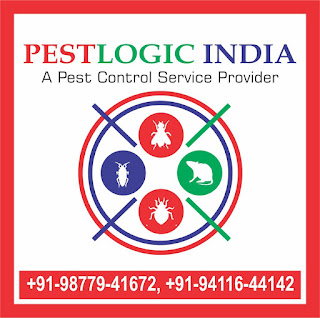Know about Pest Clothes Moth
Know about Pest Clothes Moth
Clothes moths are small insects known for infesting and damaging natural fibers, especially those found in clothing, carpets, and other textiles. The two most common species of clothes moths are the webbing clothes moth (Tineola bisselliella) and the casemaking clothes moth (Tinea pellionella). Here's more information about clothes moths:
Appearance:
- Adult clothes moths are small, measuring about 1/2 to 1/4 inch in length. They have a slender, narrow shape with fringed wings. The larvae, which are responsible for damage, are small, creamy-white caterpillars.
Habitat:
- Clothes moths are typically found in dark, undisturbed areas such as closets, drawers, and attics. They are attracted to natural fibers like wool, silk, fur, feathers, and other materials of animal origin.
Diet:
- Clothes moth larvae feed on natural fibers, especially wool and silk. They are known to cause damage to clothing, blankets, carpets, upholstery, and other textiles.
Life Cycle:
- The life cycle of clothes moths includes four stages: egg, larva, pupa, and adult. Adult moths lay eggs on or near textiles, and the hatched larvae feed on the fibers, causing damage.
Damage:
- Clothes moth larvae are responsible for the damage to textiles. They create irregular holes, patches, or surface grazing on fabrics, often leaving behind silken webbing. The damage is usually more pronounced in hidden or less frequently disturbed areas.
Prevention:
- Preventing clothes moth infestations involves proper storage and cleaning practices. Regularly clean and vacuum closets, drawers, and storage spaces. Store clothing in airtight containers or garment bags, and consider using mothballs or cedar products as deterrents.
Control Measures:
- If an infestation occurs, control measures may include thorough cleaning, vacuuming, and laundering of infested items. Insecticides, moth traps, or professional pest control services may also be employed for effective control.
Seasonal Activity:
- Clothes moths can be active year-round, but their activity may increase during warmer months. They are particularly attracted to items soiled with sweat, oils, or other organic substances.
Professional Assistance:
- In severe or persistent infestations, seeking the assistance of professional pest control services is recommended. Professionals can assess the extent of the infestation and implement targeted measures.
Natural Predators:
- Natural predators such as certain types of beetles and spiders may help control clothes moth populations. Maintaining a balance in the ecosystem can contribute to pest control.
Regular monitoring, good hygiene practices, and proper storage techniques are essential for preventing clothes moth infestations and minimizing damage to textiles. Prompt action is crucial if an infestation is detected to prevent further spread and protect valuable items.
Pestlogic India - +91-9877941672






Comments